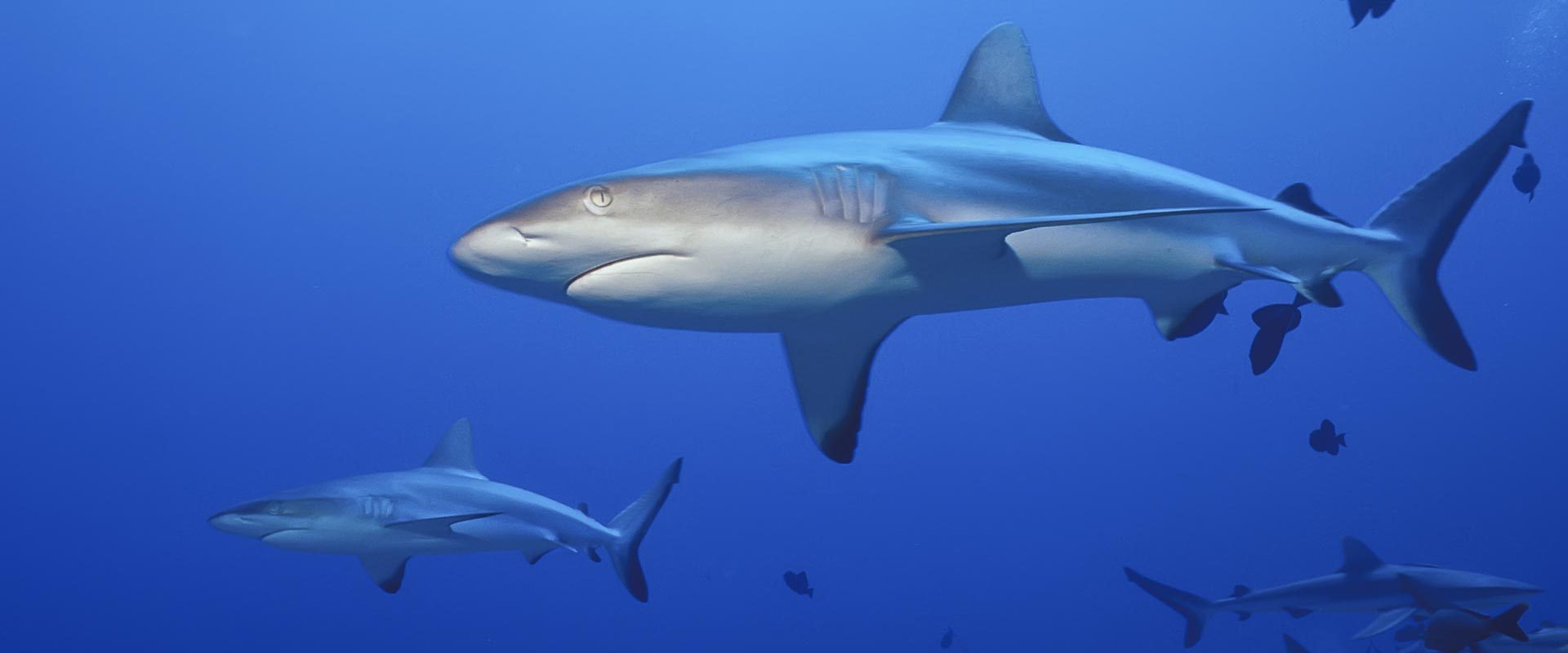Higher Abundance of Marine Predators & Changes in Fishers’ Behavior following Spatial Protection (No Take Zones) within the World’s Biggest Shark Fishery by Vanessa Jaiteh, et al
Higher Abundance of Marine Predators & Changes in Fishers’ Behavior following Spatial Protection (No Take Zones) within the World’s Biggest Shark Fishery
by Vanessa F. Jaiteh, Steve J. Lindfield, Sangeeta Mangubhai, Carol Warren, Ben Fitzpatrick, & Neil R. Loneragan
Fisheries are complex social-ecological systems, where managers struggle to balance the socio-economic interests of fishing communities with the biology and ecology of fisheries species. Spatial closures are a popular measure to address conservation and fisheries management goals, including the protection of shark populations. However, very little research has been published on the effectiveness of shark-specific closures to protect sharks, or their impacts on fisher behavior. Situated within the global center of tropical marine biodiversity, Indonesia’s shark fishery contributes more to the international shark fin trade than any other nation. Here we evaluate the effect of shark-specific closures on sharks and other species of interest, as well as shark fishers’ responses to losing access to their former fishing grounds. We assessed shark diversity and…
Read the entire paper HERE.





































